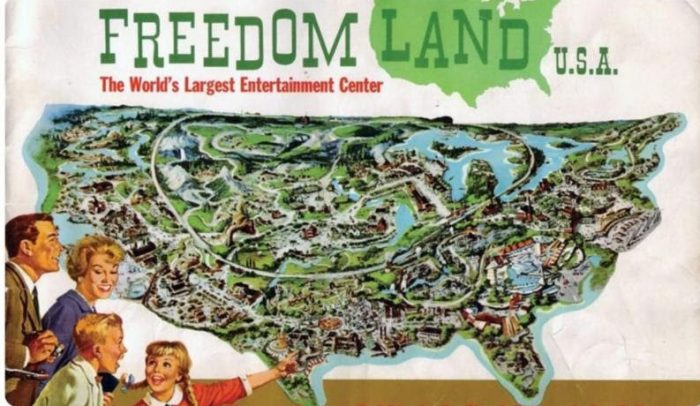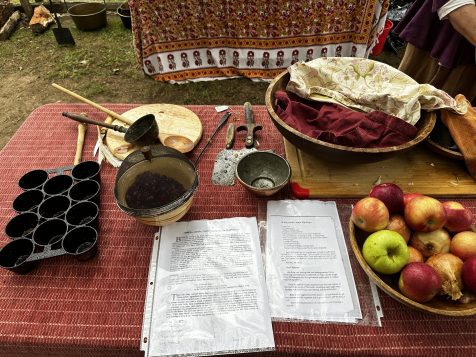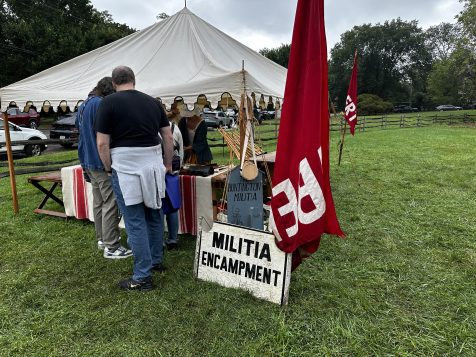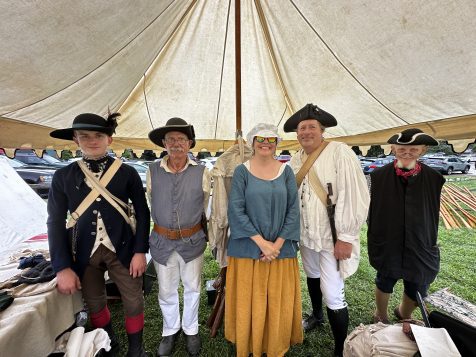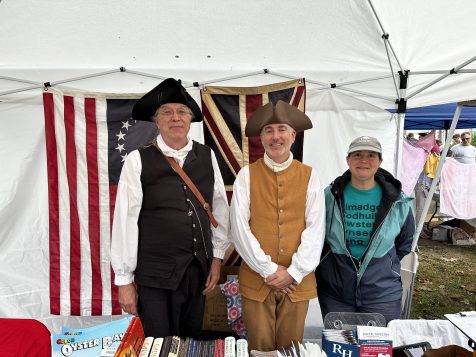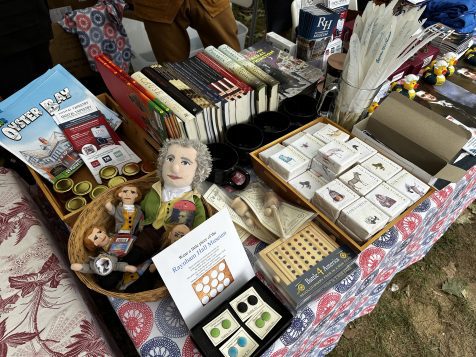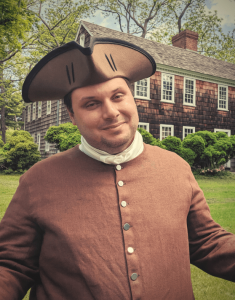Timed with the 60th Anniversary Establishment of FINS Becoming a National Park
Stony Brook University Libraries have received a donation of historic documents that outline the battle to stop the construction of a highway on Fire Island while fighting successfully to create the Fire Island National Seashore (FINS), New York. The documents reveal the efforts of the Citizen’s Committee for a Fire Island National Seashore, the grassroots community campaign that prevented Robert Moses’ plan in the 1960s. The collection was gifted by the Barbash family. Maurice Barbash, the father of Cathy, Susan, and Shepard Barbash, and their uncle Irving Like led the committee’s efforts and organized it.
The collection has historical importance in the establishment of the Fire Island National Seashore (FINS) and includes committee meeting minutes, press releases, and correspondence with New York State Governor Nelson Rockefeller and Stuart Udall, Secretary of the Interior. The timing of the donation coincides with the upcoming 60th anniversary of the legislation that created FINS as a unit of the National Park Service (September 11, 1964).
“We are very excited to have the papers of the Citizen’s Committee for a Fire Island National Seashore as a part of Stony Brook University Libraries’ collections. With the upcoming 60th anniversary, preserving and providing access to this collection is of great importance,” said Jamie Saragossi, Associate Dean of Content Services.
These items will become part of the University Libraries’ Special Collections, which oversees and curates the university’s rare books, maps, archival materials, manuscripts, and historical maps. Details about the collection will be accessible via a dedicated webpage, and the papers will be digitized and made freely available online.
“The papers offer first-hand, historical evidence of the remarkable grassroots efforts that protected the natural environments of both Long Island and Fire Island for future generations,” said Kristen J. Nyitray, Director of Special Collections and University Archives, and University Archivist. “The papers are an important addition to Special Collections and highlight our commitment to collect, preserve, and provide access to diverse histories of Long Island.”
About the Campaign
The efforts of community citizen-activists on Fire Island were instrumental in the legislation that formally established the Fire Island National Seashore. President Lyndon B. Johnson signed the bill into law in 1964, preventing the construction of a proposed highway extending eastward from what is currently Robert Moses State Park.
Cathy Barbash reflected on the decision to donate the collection and its research significance. “We are honored that Stony Brook University has agreed to accept the original minutes of the Citizen’s Committee for a Fire Island National Seashore and related research and correspondence. The Committee was founded on September 12, 1962, by fourteen volunteer citizens who worked tirelessly for two years to promote the creation of the National Seashore against steep odds. The Committee was founded and co-chaired by our father, Maurice Barbash, and our uncle, Irving Like.”
“This collection is significant because the minutes and other materials document in great detail the strategies, organization, and actions of a group of concerned citizens who came together spontaneously, pooling their intellectual, professional, and social resources to create an effective grassroots movement to fight the destruction of a natural area by creating a common good. The research included in the collection also sheds light on the political backstory and maneuvering between powerful political figures in mid-century America that shaped the overall battle and ultimate success of the campaign for the National Seashore,” she added.
In addition to the papers of the Citizen’s Committee for a Fire Island National Seashore, the collection includes digital files used in the exhibition “Protecting a Ribbon of Sand: The Creation of Fire Island National Seashore,” curated by Susan and Cathy Barbash for the 50th anniversary of FINS at the Fire Island Lighthouse Fresnel Lens Building.
When asked about why the family chose Stony Brook to be the home for the collection, Cathy Barbash said, “We are donating the papers to Stony Brook University for two reasons. First, both Stony Brook University and the Fire Island National Seashore are located in Suffolk County, New York and we believe it is important that these materials are in the library of a major research university so close to their subject matter. Secondly, Irving Like’s papers are already in Stony Brook’s special collections. Because he and our father were the prime movers in this campaign and in other civic causes, we felt it appropriate that the collections belonged together to promote ease of research.”
Susan Barbash added, “The epic battle against Robert Moses’ plan to build a four-lane highway down the center of Fire Island took place in 1964, when my sister Cathy and I were children. Though we had many memories of the role our father Murray Barbash played in the fight against Moses, and subsequent fight for National Seashore designation, we had no idea that the victory over Moses was far from inevitable.”



